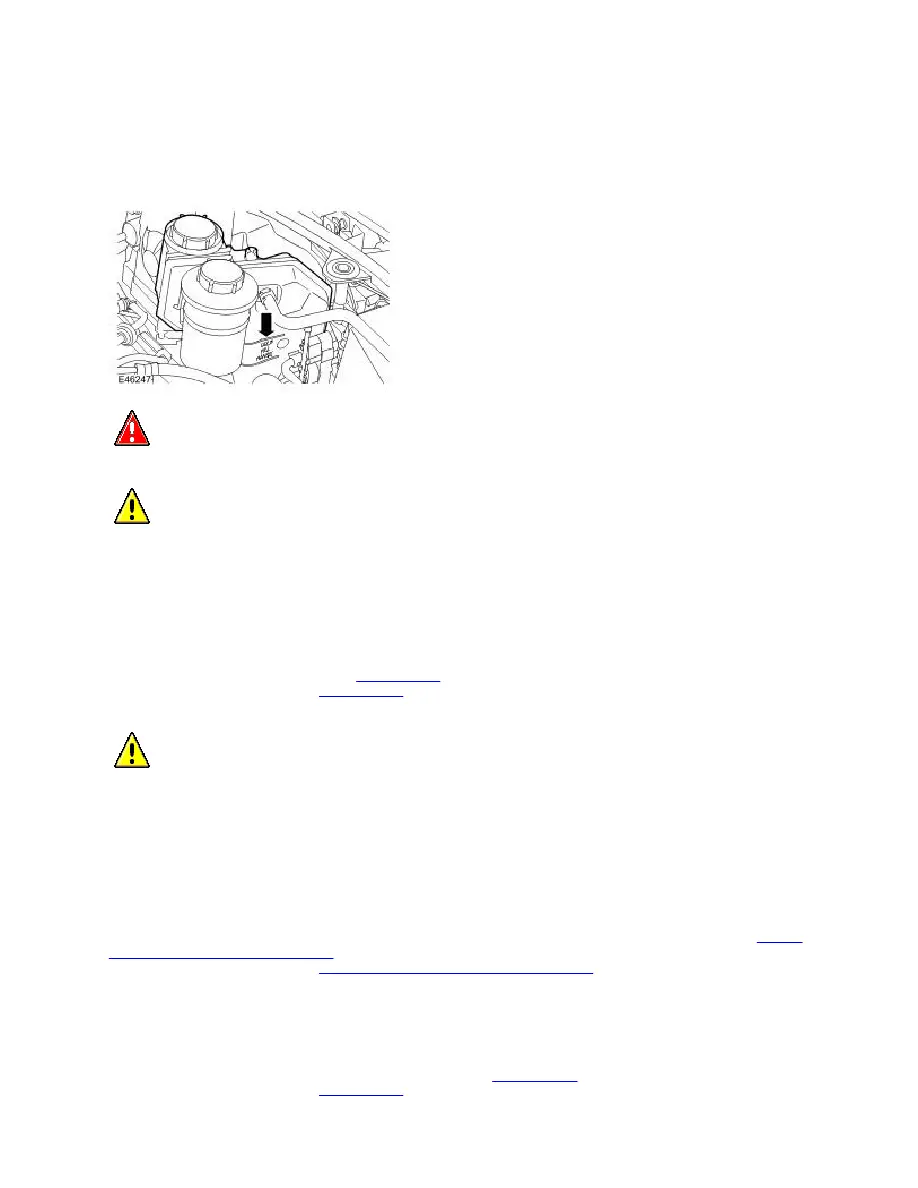

- Sdltrs manual install#
- Sdltrs manual manual#
- Sdltrs manual full#
- Sdltrs manual software#
- Sdltrs manual free#

Sdltrs manual manual#
This means they’re built using libretro and the control inputs should already work with what you have! Other packages may require their own manual controller setup, which can be a real nuisance.
Sdltrs manual install#
When asked, select “ Install from binary.” The source option takes much longer and won’t provide any benefit for the average user…only attempt that if you know you need absolutely bleeding-edge code. It’s totally valid to install multiple emulator packages that handle the same type of system. See “Accessing Alternate Emulators” below.This Raspberry Pi 3 RPI3 RetroPie Setup Guide will take you through everything you need to know step by step with pictures to get you playing fast!īasic glossary of terms needed for RetroPie Setup Each might have different performance or compatibility benefits, so it’s worth testing your options. Raspberry Pi 3 – The latest version of a $35 micro computer with built in wifi.We suggest a 3 2gb Class 10 speed micro sd card You will only need to add a $8 power supply and a microsd card.
Sdltrs manual software#
Sdltrs manual free#
We offer a free GRS RetroPie Image if you purchase our bartop arcade deluxe machine or our control kits for your cabinet. So you can skip this entire guide except for flashing our image as it is plug and play with our control kits!!! (Sorry again, but huge advantage if you need controls or a cabinet). Let’s start by getting the RPI3 image from the Retropie website. The standard version will boot directly into EmulationStation for your arcade which we will select. The Berryboot version will allow you to boot multiple operating systems if you want to use your pi for more than just the arcade. Let’s flash the RetroPie setup image on our MicroSd card. We are going to use a 32gb microsd because we plan to add some of the newer system emulators more specifically Daphane for Dragon’s Lair and Space Ace. You can pick up a microsd usb card read/write cheap on Amazon if you do not have one for your computer. Insert the microsd into your computer and it will show up as a drive like any other flash media.

We need to extract the image file on our computer. We use winrar, but windows should do it as well. We will use the free Win32 Disk Imager application to flash the image on our microsd card. Simply open the program, select the location of your extracted image (.img file), the drive letter for your microsd card and press “write”. It will put the stock retropie image on the microsd and say write completed. Make sure your arcade controls are plugged into your RPI3 RetroPie setup.
Sdltrs manual full#
You can get a full kit from us here or better yet check out our new Bartop Arcade Deluxe! Now lets put the microsd card in the RPI3 and boot it up. The system will boot and automatically re-size the hard drive partition to use all of your microsd card. After an automatic reboot if you connected your controls it will ask you to configure your game pad. Hold down a button on your game pad and go through the prompts. There will probably more options than you care to map to your controls. Just hold down a button and it will skip that input. The “A” and “B” are important as they go forward and back in EmulationStation. Once you complete press whatever button you designated as “A” on the OK and you will go into EmulationStation. Note: You have only mapped controls to navigate emulationstation. We will map the controls for the emulators at a later step.


 0 kommentar(er)
0 kommentar(er)
